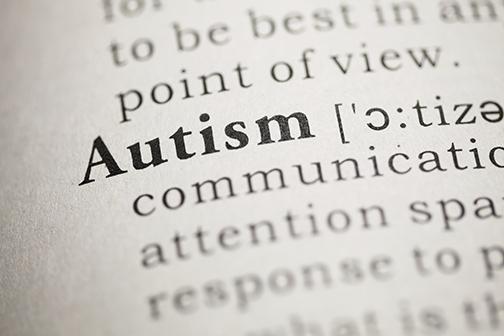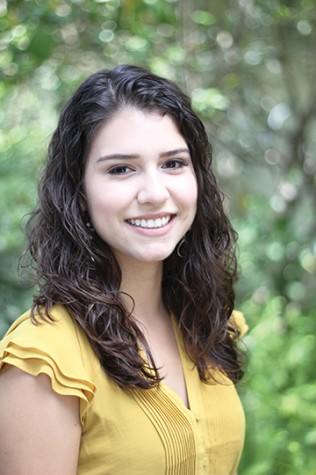A San Diego State researcher published recent findings on autism spectrum disorder in The Journal of the American Medical Association Psychiatry earlier this month.
Dr. Inna Fishman found that in adolescents with autism, two networks within the brain were communicating far more than in the brains of children without the disorder. The extent of the communication between the networks was strongly linked with the amount of autistic symptoms observed.
“This study demonstrated that brain circuits of individuals with autism spectrum disorder are less mature, less efficient and less specialized—even at this relatively late stage of brain development,” Fishman said. “This delayed maturation can explain the behavioral symptoms observed in this disorder.”
In order to better understand the links between brain circuits and behavior, Fishman has utilized various brain imaging techniques, including functional magnetic resonance imaging, to map brain networks in a wide range of subjects with varying levels of sociability.
The subjects included typical extroverts or introverts, individuals with Williams syndrome, “known to have hyper-social behavioral tendencies,” and most recently, children and adolescents with autism spectrum disorder who have social deficiencies, according to the study’s abstract.
“I’ve always been interested in how different parts of the brain communicate with each other and how these connections give rise to either normative, or aberrant behaviors, especially in the domain of social behavior such as interacting with others,” Fishman said.
This study is Fishman’s first publication funded by a National Institutes of Health grant she was awarded in September 2012.
“I was awarded a four-year grant to examine in detail the patterns of connections and the brain organization in children and adolescents with autism,” she said. “The prevalence of autism is growing at a very alarming rate and understanding the brain mechanisms underlying this syndrome is one of the most urgent questions facing the neuroscientists today.”
Fishman’s research took nearly a year to complete and utilized data that was collected over the last three years by SDSU’s Brain Development Imaging Lab Director Dr. Ralph-Axel Müller, who is a co-author of the ASD study.
Fishman also collaborated with Dr. Jaime Pineda from University of California, San Diego’s Cognitive Science Department and Dr. Alan Lincoln from The Center for Autism Research, Evaluation and Service in San Diego.
Following the study, Fishman will continue to explore similar questions using different analysis techniques. Instead of studying the functional connections between brain networks, she will examine the structural and anatomical connections that allow the different regions of the brain to talk to each other.
“I often compare this to a traffic versus highway infrastructure comparison,” Fishman said. “While the previous study explored the former, we can also learn something from the latter. What are the white matter pathways that connect these networks, and how are they different in children with autism?”
Her research efforts are in line with SDSU’s areas of excellence campaign for clinical and cognitive neuroscience.
Photo courtesy of Thinkstock









